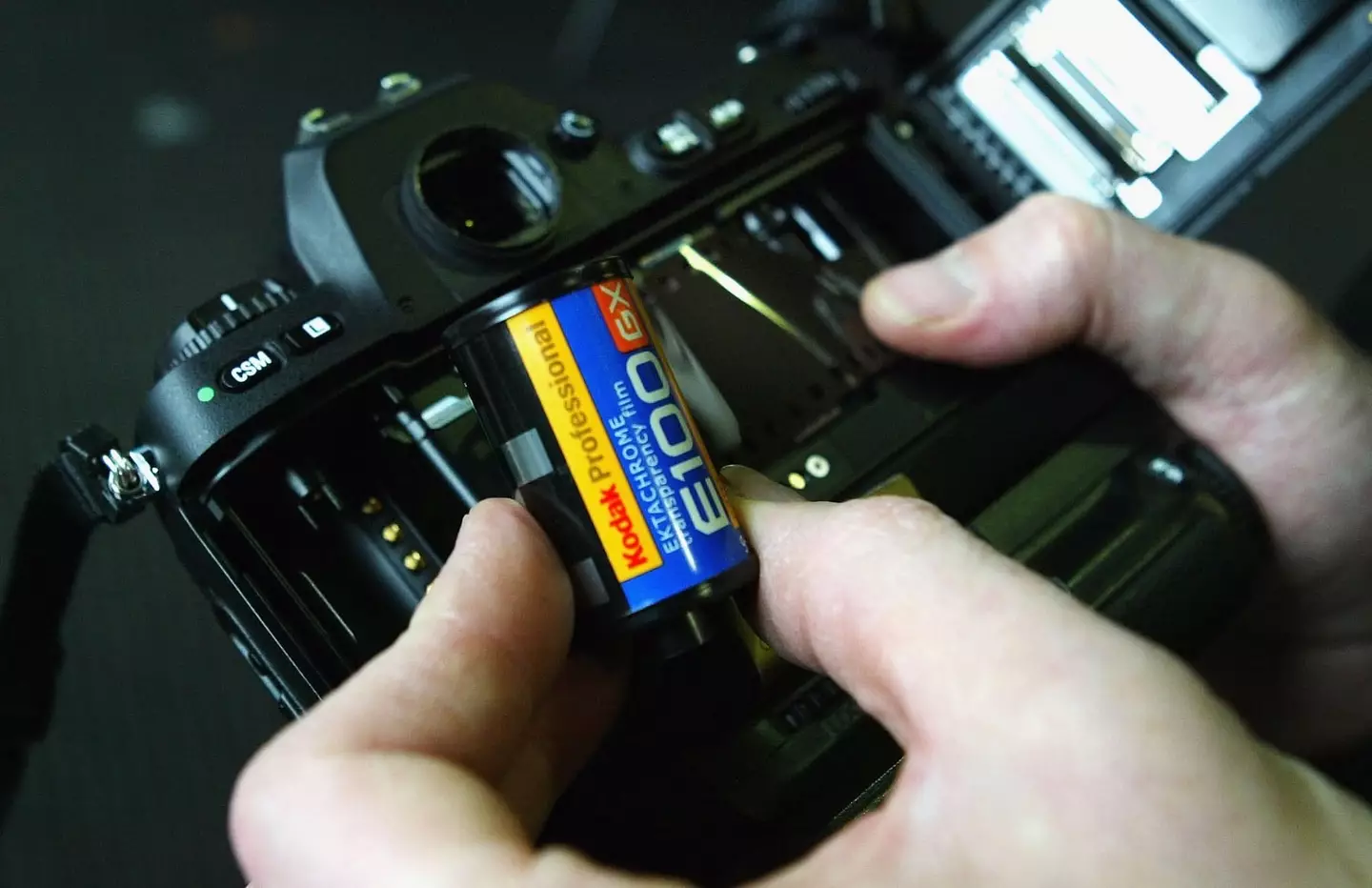
Throughout the late-20th century, Kodak was the brand on the tip of everyone’s tongue. Due in large part to a high demand for film cameras among Americans especially, Kodak was a billion-dollar company.
So, what happened?

Kodak was among the most popular camera companies throughout the 20th century (SSPL/Getty Images)
However, the reason for this downward spiral is oftentimes misjudged as being a failure to adapt to a changing industry rather than the company’s true mistake.
You see, in 1975, one of Kodak’s engineers made a brand new invention that you might’ve heard of: the digital camera. A camera without film was a legitimately revolutionary idea at the time, and Steve Sasson – the engineer who created it – knew as much, showing it to everyone he could within the company.
However, Kodak ultimately made the decision to pass on the invention, instead asking Sasson to bury it and not speak too openly about the new, potentially disruptive technology.

Can you imagine the world without the digital camera? (Rosdiana Ciaravolo/Getty Images)
Ultimately, selling film separately from the cameras themselves was far too profitable for the company, and the idea of purposefully hindering film sales by releasing the digital camera was just not deemed to be financially wise. And, for the time being, they were right.
By not releasing the digital camera and instead continuing to ride the wave of sales from both cameras and their film, Kodak thrived for decades without publicizing its digital camera discoveries.
At the height of its strength in 1996, Kodak was worth $31 billion, and while competition was fierce, the company was still at the forefront of the camera industry.
With the power of hindsight, though, not pushing digital cameras was among the greatest mistakes the company ever made, and even worse–they doubled down on it.

Kodak’s commitment to film cameras led to its eventual downfall (Chris Furlong/Getty Images)
Once the technology for digital cameras was fully developed and became a worthwhile alternative to film cameras, most companies hopped on the bandwagon or got left behind completely.
For Kodak, their commitment to film cameras resulted in them being among the latter examples, as the company began struggling greatly by the mid-2000s when the digital camera boom entered full swing.
So today, while digital cameras and phones are the norm for taking photos, film cameras like the ones Kodak has been selling for decades are mostly reserved for photographer aficionados and lovers of 20th-century nostalgia.


